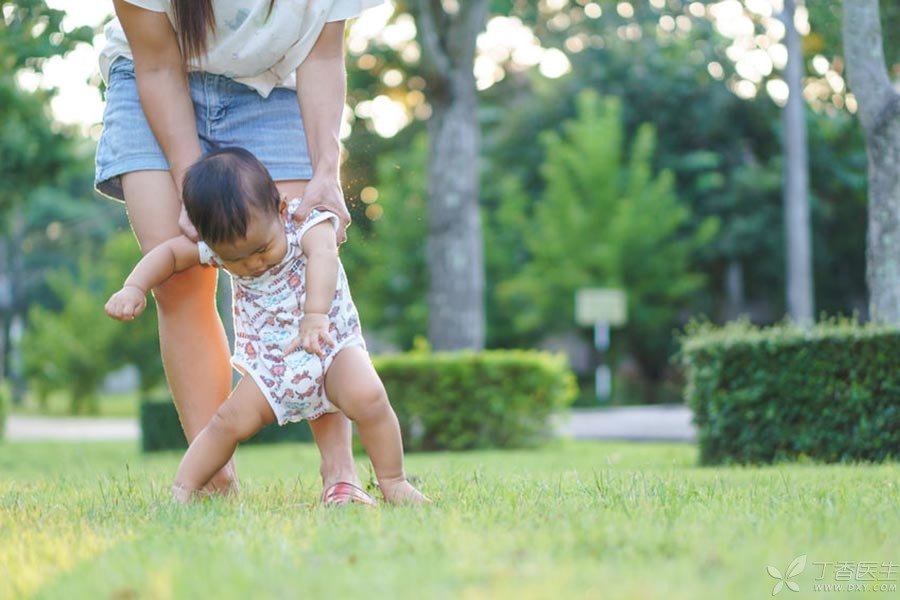
Today, I’m going to talk about the things about the baby walking.
Is this situation very familiar? This kind of picture can be seen in almost every square park, and 90% of the parents must have led the baby to learn to walk.
However, over the years, we believe that the correct way to help babies learn to walk is not only bad for adults’ waists, but also bad for babies.
Dr. Clove explained in detail why it is not good for children to lead, and how is the correct way to learn to walk.
It is thankless to lead her to learn to walk.
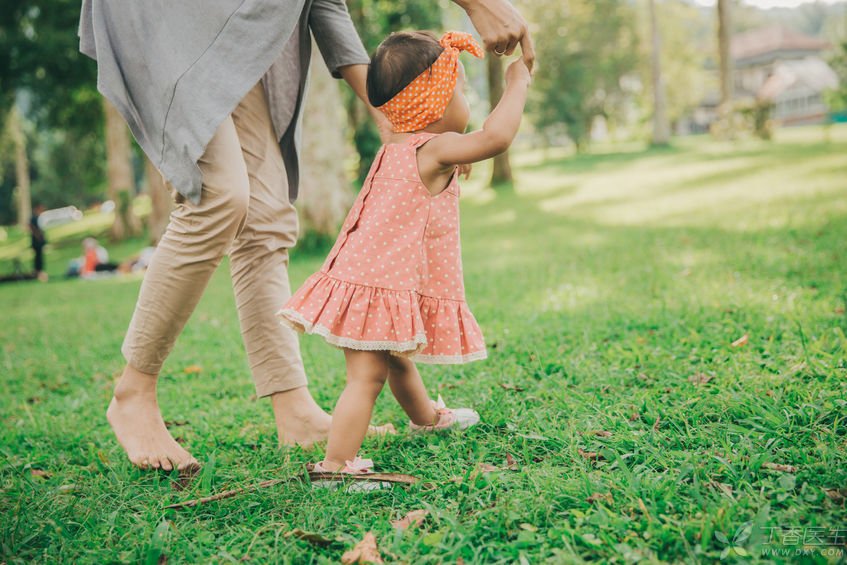
I don’t know if you have compared and observed the way parents at home and abroad take care of their children. Compared with foreign parents’ [regardless] of their children, domestic parents always [pay too much attention] to their children and do everything, from eating to dressing and even walking.
In fact, these [help] will limit the development of the baby’s own ability. Especially leading the baby to walk.
What are the disadvantages of leading Eva to learn to walk?
- It is easy to form baby’s wrong walking habits, such as walking on tiptoe. It is easy to cause damage to the baby’s bones, and adults’ inattention will lead to fracture or dislocation of the baby’s arm. It will make the baby lose his interest in exploring walking. If parents are eager for success, they will inadvertently hit the baby’s self-confidence.
To sum up, it is-thankless efforts, adults are too tired from waist soreness and backache, and babies have not been correctly guided.
What about how training babies to walk? The secret is four words: follow the course.
In fact, babies do not need deliberate training to learn to walk. Any deliberate training is harmful and not beneficial.
Dr. Clove will take you to understand the characteristics of the baby’s development first. I believe you can understand better after reading it. The baby does not need parents to lead him to walk at all, but needs parents’ encouragement.
Learning to walk, the baby starts to build up strength from the age of 4 months.
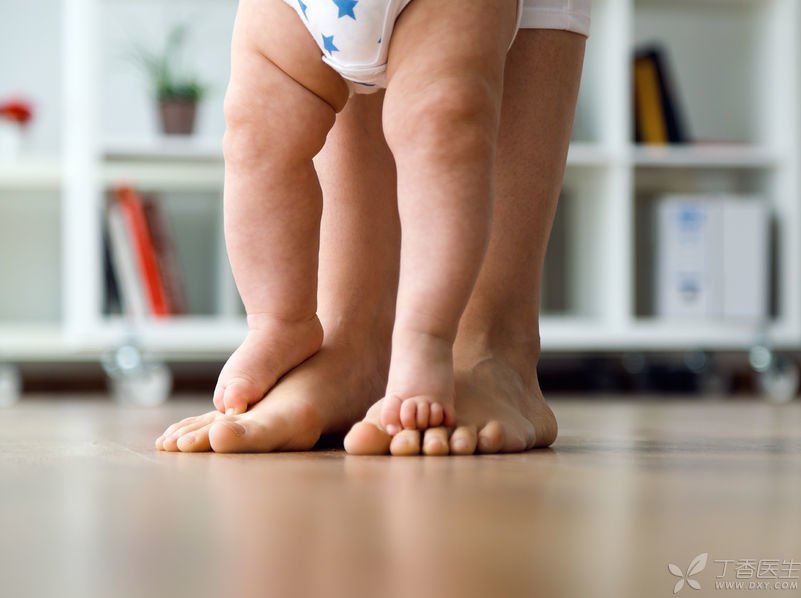
Most mothers know that about one year old is the peak time for toddlers.
Although babies have different development milestones at different stages, reaching the development milestones at the corresponding time is a continuous process and requires the accumulation of early development milestones. The same is true for learning to walk.
Most babies start walking between October and 18 months. However, the baby really starts walking alone by sitting alone, climbing, standing, cruising (helping around) and walking. That is to say, the baby has been storing the muscles and skills needed to walk since April. It is also from this time that parents will start to actively help their babies learn various skills.
From sitting to walking, it is more important to proceed step by step.
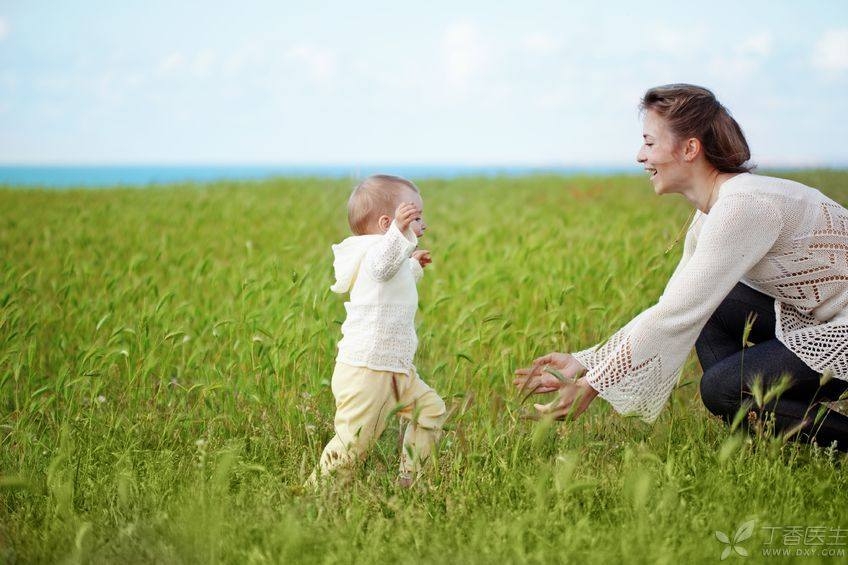
How understand and better grasp the critical period of baby’s development from sitting to walking? Dr. Clove explained the split for each critical period and also recommended training games for parents:
Sit (4 ~ 7 months):
When the baby learns to sit alone (without supports), she is in the first stage of gaining mobility. Sitting down helps the baby strengthen the muscles he/she needs when he/she finally learns to stand.
Game Suggestion: Play the ball (rolling back and forth) with the baby, or play stacking games to help her strengthen her muscles.
Climb (7 ~ 10 months):
The most important thing for a baby during the crawling stage is to practice moving his arms and legs at the same time (even if he is doing abdominal crawling). When he starts walking, he needs these skills.
Game Suggestion: Help the baby develop these skills and let the baby climb from one side of the room to the other. Then praise the baby’s sports.
Support Station (8 months):
As the baby becomes stronger and more curious about the surroundings, the baby will hold the furniture or the mother and father and begin to learn to stand up by himself. This is the time for parents to help the baby exercise balance and familiarize the baby with the standing posture.
Game Suggestion: Help the baby stand and then show the baby how to bend his knees so as to sit back on the ground. This will help reduce the degree of baby’s fall.
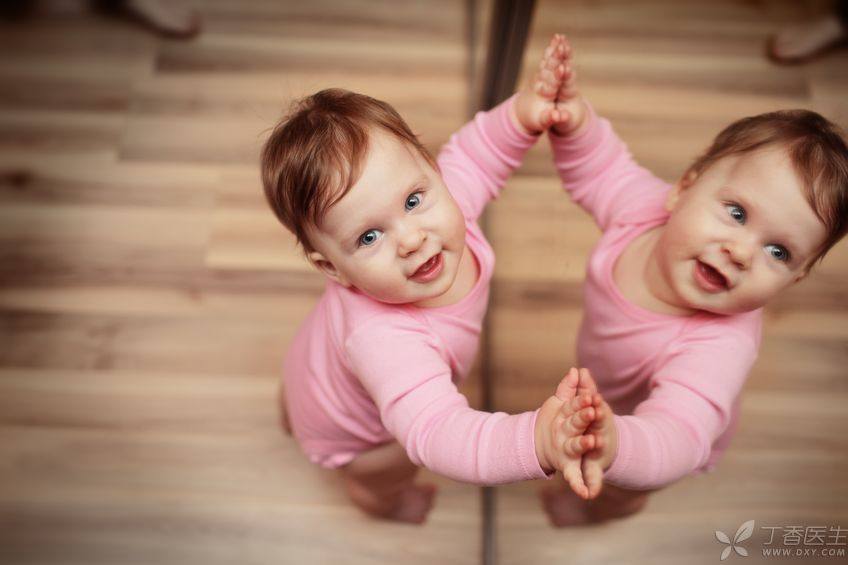
Standing to master balance (8 ~ 9 months):
When the baby learns to stand and hold your hand to master the balance, you can try to take a few steps with your help. This will help the baby to walk next and help the baby gain confidence.
Game: Practice, practice, practice… This is the key to this stage. The more habitual the baby is to stand, the more likely the baby is to feel confident about taking a few steps.
Cruise (8 ~ 9 months):
The baby will walk around with the walls and furniture. This is called cruising. Because the baby has a wide range of activities at this time (make sure your furniture is fixed on the wall to ensure the safety of the baby).
Game: Encourage the baby to become more confident when cruising, and encourage the baby to try to walk without holding the wall or furniture (as long as she has a soft foothold).
Stand alone (9-12 months without help):
Balance is a key part of walking. If the baby can stand in balance for a few seconds, she will soon feel that she can try to take a step.
Game: Turn balance into a game. Sit on the floor with the baby, put your hand under the baby’s arm, and help the baby stand up. Then write down the time when the baby can keep balance. Give the baby praise and applause after each attempt (only praise the baby for how long you have stood, not just the baby for how good you are-praise the baby for what he did specifically).
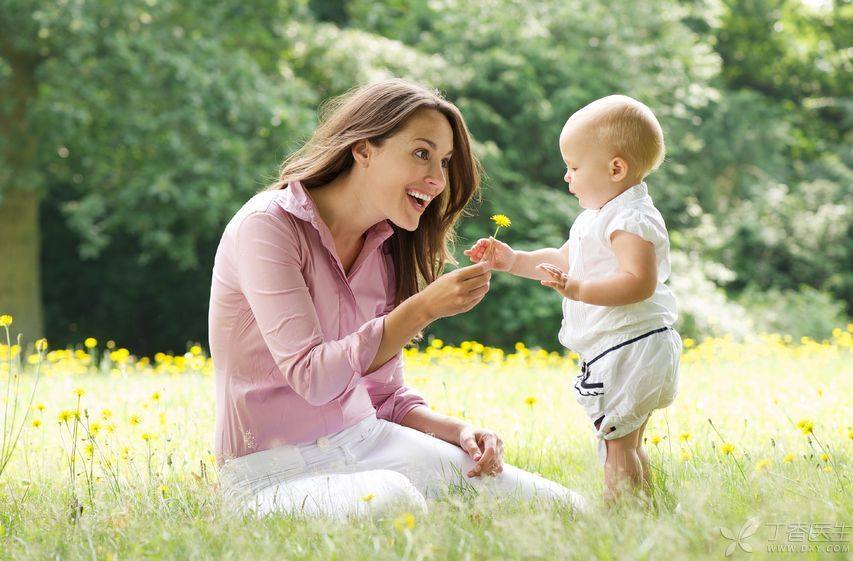
Take the first step (9 ~ 12 months):
The first step is an important moment for the baby-it is worth making a mountain out of a molehill. The first step is the result of a lot of praise and encouragement.
Game: Sit on the floor to guide the baby (happy), let the baby master the balance and slowly take the first step alone.
Walking (12 ~ 15 months):
Before walking alone, the baby may stumble or trip. Keep praising the baby as he/she begins to explore how to walk. Remember, some babies prefer to crawl and can often switch between crawling and walking before he/she walks.
Game: Encourage your baby to walk as much as possible. For example, when you put the baby down, keep the baby standing instead of sitting.
No matter at that stage of the baby’s sports development, parents had better follow two principles: [not too much participation] and [full encouragement].
With these two points, the baby will naturally learn to walk.
Other Hot Issues for Babies to Learn to Walk
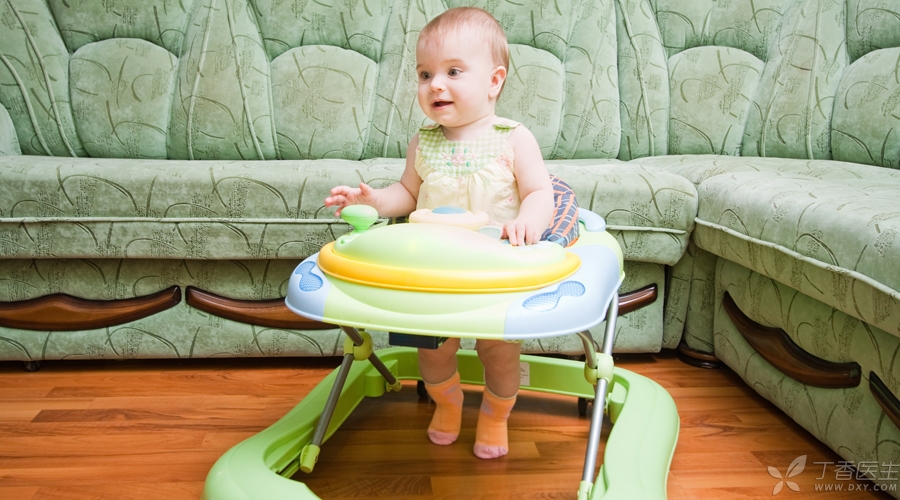
1. Can the walker be used?
Usually in clinical work, we follow the advice of the American Academy of Pediatrics (AAP): Do not encourage the use of walkers for infants. Studies have shown that they can actually slow down motor development and lead to abnormal walking posture or back problems and potential safety hazards (overturning or going downstairs).
2. Does the baby need shoes when learning to walk?
Barefoot is the best. If the baby does not wear shoes (or anti-skid socks), it is easier to learn to walk, so as to help the muscle tension of the baby’s feet and ankles, help the formation of the baby’s arch, and help the baby learn balance and coordination.
When going out, the baby needs a pair of elastic soles (which can fold the shoes in half). Avoid high boots or high-heeled sneakers, because too much ankle support will actually limit the baby’s contraction movement.
3. If the baby can’t learn to walk all the time, when do you need to see a doctor?
If the baby can’t walk at 16 months (there are always stunted babies who need regular follow-up), you need to see a pediatrician or child health care doctor (intervention measures are available). Or the baby falls seriously and both legs seem to be very stiff, or the baby has been staggering on one leg. There may be signs of nerve, joint or spinal injury.
Let the baby explore and learn to walk by himself, not only to give the baby more opportunities to try, but also to build up the baby’s self-confidence. The occasional fall and failure of the baby (under the protection of safety) can also train their anti-setback ability.
Let’s put down our anxiety, give our babies more time and encouragement, and let them grow up by themselves ~
